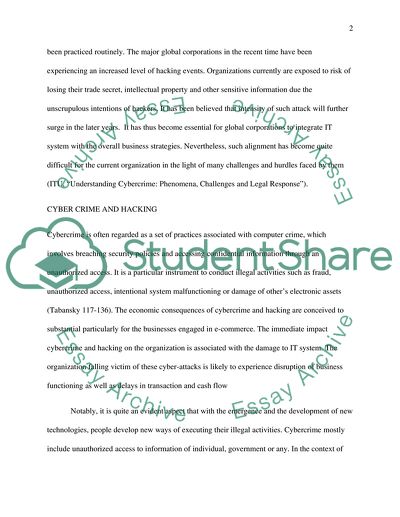Cite this document
(“Cybercrime and Strategic Decision Making Term Paper”, n.d.)
Cybercrime and Strategic Decision Making Term Paper. Retrieved from https://studentshare.org/information-technology/1654489-cybercrime-and-strategic-decision-making
Cybercrime and Strategic Decision Making Term Paper. Retrieved from https://studentshare.org/information-technology/1654489-cybercrime-and-strategic-decision-making
(Cybercrime and Strategic Decision Making Term Paper)
Cybercrime and Strategic Decision Making Term Paper. https://studentshare.org/information-technology/1654489-cybercrime-and-strategic-decision-making.
Cybercrime and Strategic Decision Making Term Paper. https://studentshare.org/information-technology/1654489-cybercrime-and-strategic-decision-making.
“Cybercrime and Strategic Decision Making Term Paper”, n.d. https://studentshare.org/information-technology/1654489-cybercrime-and-strategic-decision-making.


